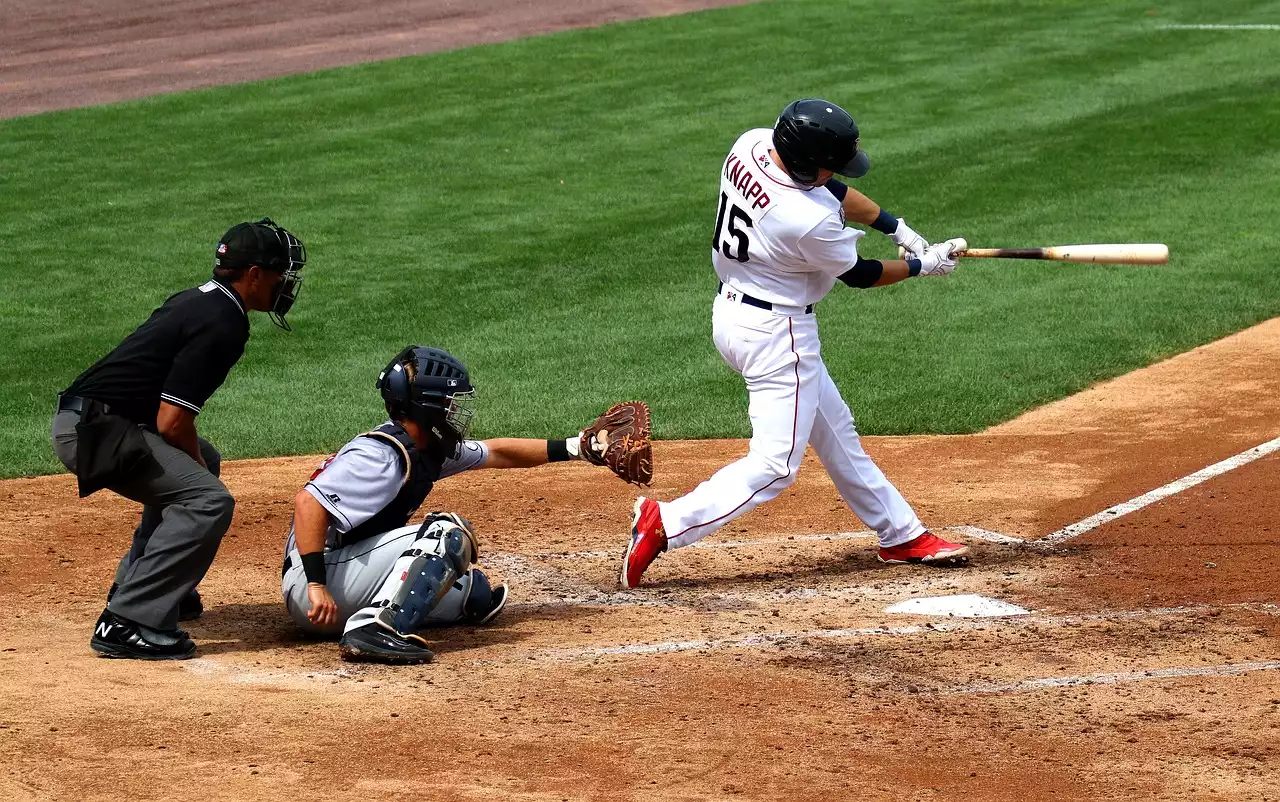History of Minor League Baseball
Minor League Baseball has a long and storied history, dating back to the late 1800s. The first organized Minor League team was the Middletown Mansfields, who began playing in New York in 1877. Since then, the structure and organization of Minor League Baseball has changed significantly, though the essence of the game has remained largely unchanged. During the early years, the Minor Leagues were divided into Class A, B, and C teams, with each team having its own set of rules and regulations. As the game evolved, the Minor Leagues eventually transitioned into the current system of four classes: Triple-A, Double-A, High-A, and Low-A.
The Minor Leagues have served as a crucial stepping stone for many Major League stars, and it remains an integral part of the game today. In addition to providing young players with an opportunity to develop their skills, Minor League Baseball offers fans a chance to see future stars in action before they make it to the big leagues.
Benefits of Minor League Baseball
Minor League Baseball offers a number of benefits for players, fans, and teams alike. For players, the Minor Leagues provide an opportunity to hone their skills and move up the ranks of professional baseball. It is also an excellent way for players to gain experience and make connections with other teams and players.
For fans, Minor League Baseball offers an affordable and exciting alternative to Major League Baseball. The tickets are often much cheaper than those at Major League parks, and the stadiums are often much more intimate. Fans can also get an up close and personal look at future stars of the game.
Finally, Minor League Baseball teams benefit from the revenue generated by ticket sales, merchandise, and concessions. It is also a great way for teams to develop talent and build their fan base.
Minor League Teams & Affiliations
Minor League Baseball teams are divided into four classes: Triple-A, Double-A, High-A, and Low-A. Each class has its own set of teams, as well as its own set of rules and regulations. Teams are typically affiliated with a Major League Baseball team, though some teams are independent. Minor League teams are often located in smaller cities, though some larger cities may have multiple teams.
In addition to affiliated teams, there are also independent Minor League teams that are unaffiliated with any Major League team. These teams compete in independent leagues and are not subject to the same rules and regulations as affiliated teams.
Minor League Baseball Stadiums
Minor League Baseball stadiums are often smaller and more intimate than Major League parks. They are usually located in smaller cities, and they often feature unique features such as picnic areas and playgrounds. Many stadiums also offer a unique view of the game, as they are often located in smaller cities with less distracting scenery.
The atmosphere at Minor League parks is often much more relaxed than at Major League parks. Fans can often bring their own food and drinks, and they are often able to get up close and personal with the players. This makes Minor League parks a great place to take the whole family.
Minor League Baseball Schedules & Standings
Minor League Baseball teams typically play a full season of games, with most teams playing between 140 and 160 games. The schedule is typically divided into two halves, with teams playing a set number of games against teams in their division. At the end of the season, teams with the best record in each division will qualify for the playoffs.
In addition to the regular season, Minor League teams also participate in the annual Minor League Baseball All-Star Game. This game pits the best players from each division against each other, and it is usually held in the middle of the season.
Minor League Baseball standings are updated on a daily basis, and can be found on the Minor League Baseball website.
Minor League Baseball Players & Prospects
Minor League Baseball teams are made up of players from all around the world. Many of these players are signed as free agents, while others are drafted from college teams or high school teams. Prospects are players who are particularly talented and have the potential to make it to the Major Leagues.
Players in the Minor Leagues typically receive a salary, and they are often eligible for bonuses and other incentives. Players can also receive additional money from endorsements and other opportunities.
Minor League Baseball Ticket Prices
Minor League Baseball tickets are typically much cheaper than those for Major League games. Tickets range from $5 to $20, depending on the team and the game. Many teams also offer season tickets, which allow fans to see all of the team’s home games throughout the season.
In addition to individual tickets, many teams also offer group discounts and family packages. These packages can often provide a great value for families looking for an affordable day out.
Minor League Baseball Fan Experiences
Minor League Baseball parks offer unique fan experiences that can’t be found at Major League parks. In addition to the game, fans can often take part in pre-game activities such as batting practice or on-field contests. These activities are often free or very affordable, making them a great way for families to spend time together.
Many Minor League teams also offer unique food and drinks, such as local craft beers and gourmet hot dogs. Fans can also often purchase memorabilia from the team, such as jerseys and hats.
The atmosphere at Minor League parks is often much more laid back than at Major League parks, allowing fans to really soak up the atmosphere. It is an experience that can’t be found anywhere else.









